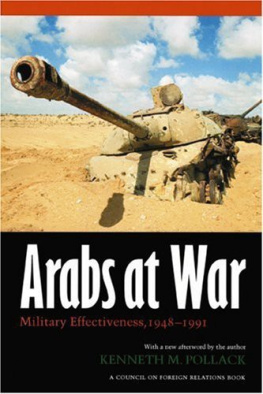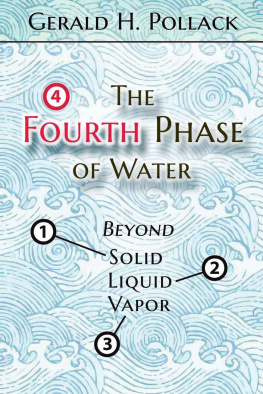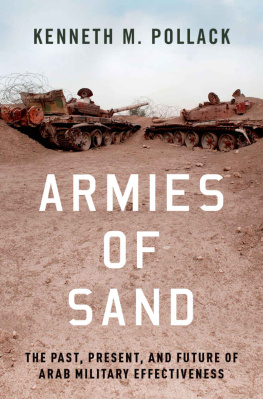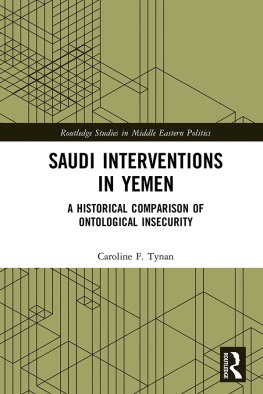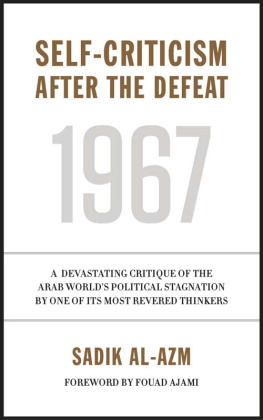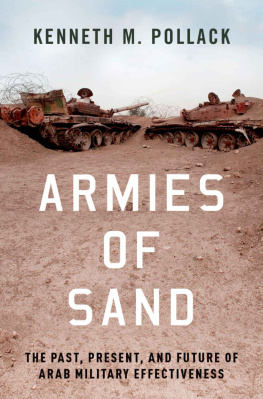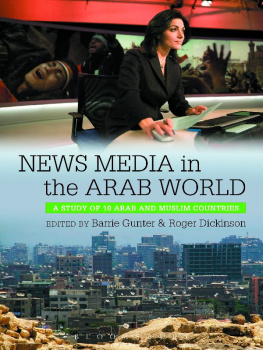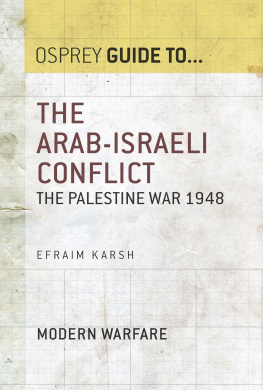EDITORS
Mark Grimsley
Ohio State University
Peter Maslowski
University of Nebraska
EDITORIAL BOARD
D'Ann Campbell
Austin Peay State University
Mark A. Clodfelter
National War College
Brooks D. Simpson
Arizona State University
RogerJ. Spiller
Combat Studies Institute U.S. Army Command and General Staff College Fort Leavenworth
Timothy H. E. Travers
University of Calgary
Arthur Waldron
U.S. Naval War College
KENNETH M. POLLACK
A Council on Foreign Relations Book




Founded in 192 1, the Council on Foreign Relations is a nonpartisan membership organization, research center, and publisher. It is dedicated to increasing America's understanding of the world and contributing ideas to U.S. foreign policy. The Council accomplishes this mainly by promoting constructive discussions, and by publishing Foreign Affairs, the leading journal on global issues. The Council is host to the widest possible range of views, but an advocate of none, though its research fellows and Independent Task Forces do take policy stands. From time to time, books and reports written by members of the Council's research staff or others are published as a "Council on Foreign Relations Book." The Council takes no institutional position on policy issues and has no affiliation with the U.S. government. All statements of fact and expressions of opinion contained in all its publications are the sole responsibility of the author or authors. Earlier versions of chapters i, 2, 3, 5, and 6 appeared as Kenneth M. Pollack, "The Influence of Arab Culture on Arab Military Effectiveness, 1948-1991, (Ph.D. diss., MIT, 1996), chapters 2-6. 2 002 by the University of Nebraska Press All rights reserved Manufactured in the United States of America O

For my parents, Ann and Peter,
who made everything possible.
i. Israel's Conquest of the Negev, October 1948-January 1949, 20
2. Israeli Conquest of the Sinai, October 1956, 3 3
3. Battle of Abu Ageilah, October 1956, 35
4. Major Egyptian Operations in Yemen, 1962-67, 50
5. Israeli Conquest of the Sinai, June 1967, 65
6. Battle of Abu Ageilah, June 1967, 68
7. Egyptian Crossing of the Suez, 6 October 1973, 109
8. Egypt's Offensive and Israel's Attack, 14 and 16 October 1973, 115
9. Israeli Operations on the West Bank of the Suez, 17-24 October 1973, 121
10. Iraqi Army Operations, 1948, 152
i i. Major Battles of the First Kurdish War, i6o
12. Iraqi Attacks on 12 and 16 October 1973, 170
13. Iraqi Attacks on 1g October 1973, 172
14. Iraqi Invasion of Iran, September 1980, 188
15. Iran's Counteroffensives, 1881-82, 197
16. First Battle of al-Basrah, July 1982, 204
17. Iranian Offensives, 1986-87, 222
18. Iraqi Offensives, 1988, 226
19. Iraqi Divisions in the Kuwaiti Theater of Operations, 24 February 1991, 240
20. Initial Coalition Ground Attacks, 24-25 February 1991, 250
21. Final Battles of the Gulf War, 26-27 February 1991, 253
22. Israeli-Transjordanian Battles for the West Bank, 1948, 275
23. Israel's Conquest of the West Bank, June 1967, 301
24. Jordanian Operations, 16 October 1973, 347
25. Jordanian Operations, 1g October 1973, 349
26. Skirmish Sites between Egypt and Libya, 1977, 366
27. Libyan Operations in Uganda, 1979, 370
28. Important Locations in Chad-Libya Fighting, 1986-87, 378
29. Battle of Was al-Khafjji, 29-31 January 1991, 437
30. Syrian Army Operations in 1948, 451
31. Israeli Conquest of the Golan, June 1967, 466
32. Syrian Attack on the Golan, October 1973, 485
33. Israel's Counterattack on the Golan, October 1973, 492
34. Israeli Counteroffensive into Syria, October 1973, 496
35. Second Syrian Offensive in Lebanon, September-October 1976, 518
36. Israeli Invasion of Lebanon, June 1982, 53 5
i. Israeli Air-to-Ground Sorties by Day, by Front, 5-io June 1967, 85
2. Israeli and Syrian Ground-Attack Sorties on the Northern Front, by Day, during the October War, Soo
3. Israeli Ground-Attack Sorties on the Northern and Southern Fronts, by Day, during the October War, 511

This book is intended to serve two purposes. First, it is designed to try to help answer one of the great vexing questions of post-World War II Middle Eastern affairs: what is it that has consistently hindered the Arab armed forces in battle such that they consistently lose wars or win them just barely? This issue is of more than mere historical curiosity. Every six months or so, another crisis with Iraq reminds us that the U.S. armed forces may again be called on to go to war in the Persian Gulf. Meanwhile, the Middle East peace process has slipped into a torpor, and it is far from certain that it will recover promptly, if at all. If it does not, we may not have written the last chapter in the story of the Arab-Israeli wars. In short, it behooves us to develop a better understanding of the driving forces in Middle Eastern conflicts so that we can be better prepared for another round.
The second purpose of this book is to provide a robust assessment of the strengths and weaknesses of Arab militaries. Since the British withdrawal from "East of Suez" in 1971, the United States has found itself increasingly entangled in the Middle East both diplomatically and militarily. This trend accelerated dramatically after the Iraqi invasion of Kuwait and the massive U.S. military deployment it triggered. Today our military commitment to the Middle East is one of the highest American foreign-policy priorities. As our recent war in Afghanistan has demonstrated, there is every reason to expect that in the future, the U.S. military will again be called on to fight in this part of the world. Because of this commitment, the U.S. military constantly plans and trains to fight both alongside, and against, Arab armies. The rogue states of the Middle East are among our most important potential foes, and the moderate Arab states of the region are among our most important allies. It is crucial that we have a thorough understanding of the capabilities and liabilities of these countries. We have to know what we can count on from our Arab allies and in what areas they most need our support. And we have to know the capabilities of our Arab adversaries so that we can exploit their weaknesses and avoid their areas of strength.

